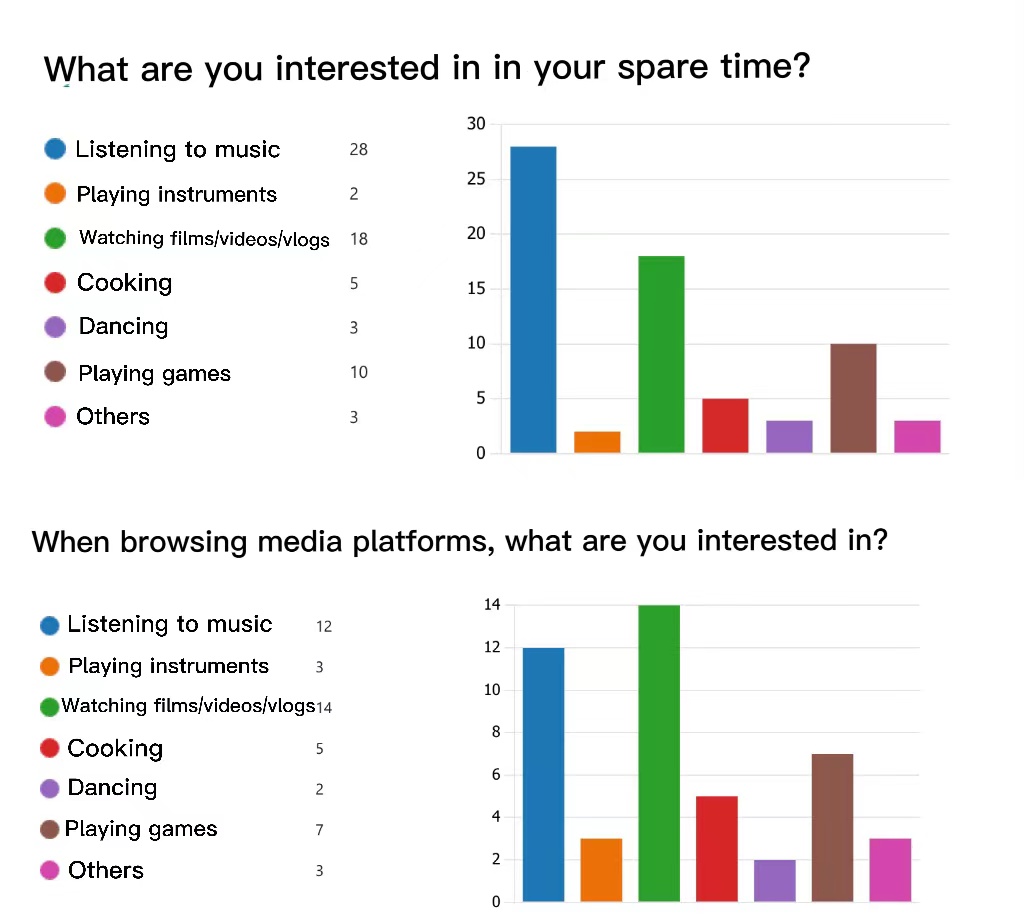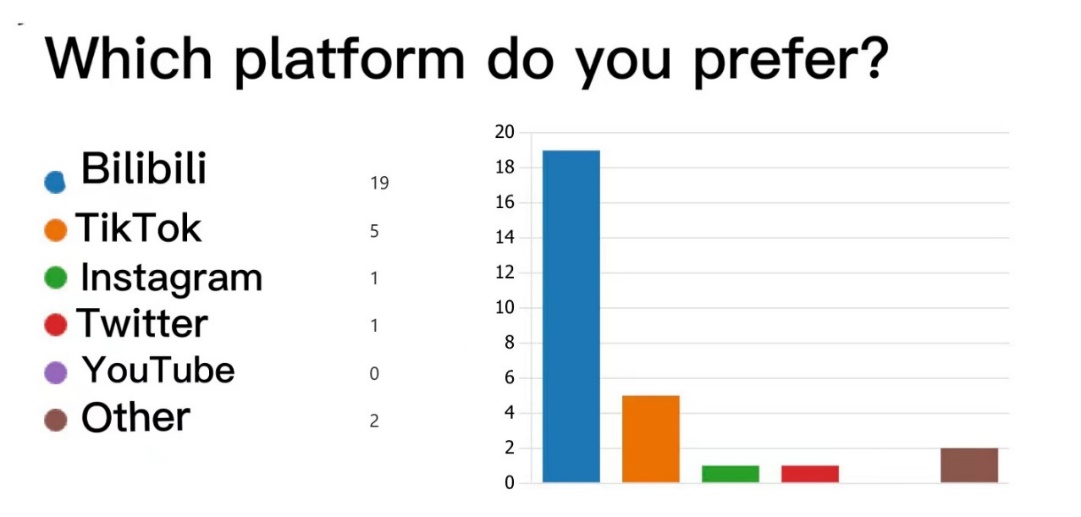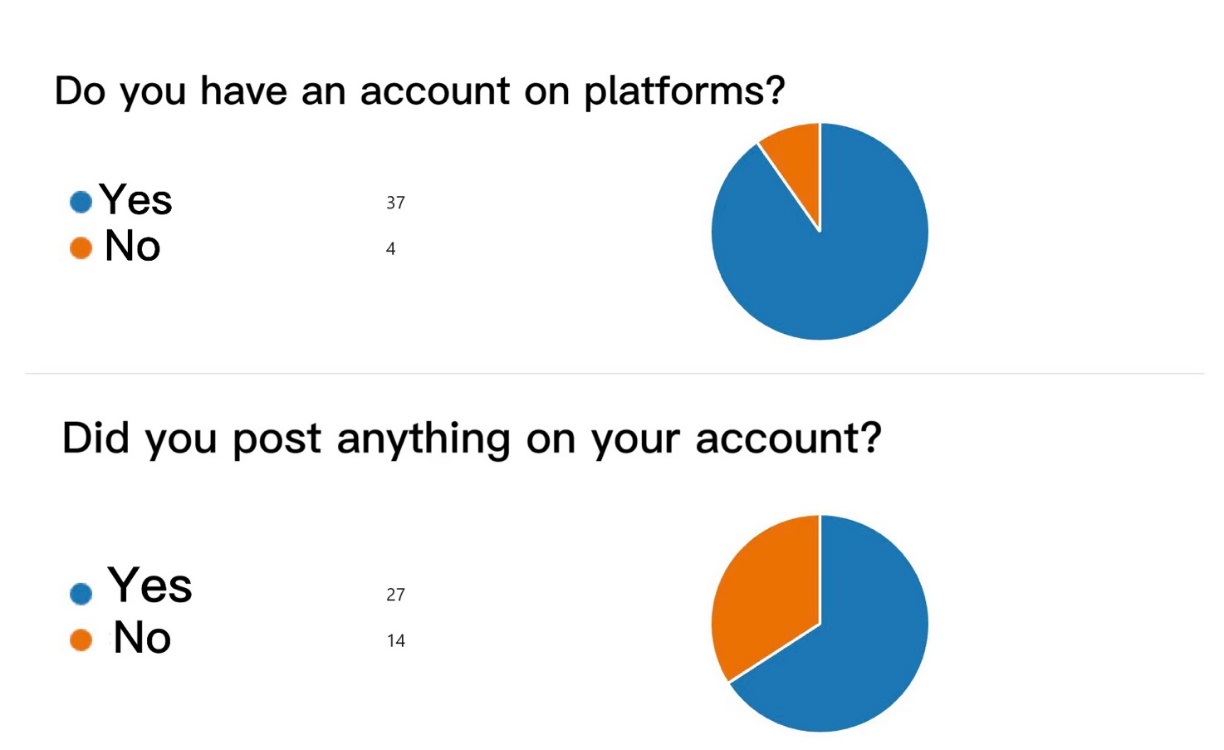1. Introduction
The world today is experiencing a technological revolution whose impact can hardly be overestimated. The term “new media technology” typically refers to modern electronic media technology, such as digital television, digital video and audio broadcasting and program production technology, multimedia and virtual technology, and related computer information processing and network technology. Emerging technologies frequently create new communication channels, expand the types of information that may be expressed, boost media communication effectiveness, and support the general structural development of the media. Satellite, optical fiber, the Internet, and other new technologies have made it easier and less expensive to transmit TV news [1]. Over time, with the development of science and technology, the iteration of network technology, and the entry of the Internet into people’s lives, a multitude of media has emerged that have become friends and exhibit endless vitality and vibrancy. Innovations on the Internet and digital technology have made it possible to organize and arrange information and data in unprecedented ways. They open new channels for human contact and provide a larger and broader platform for people of all ages. It provides a new way to socialize and a new way for people to do what they want to do [2]. The world is becoming more diverse. The number of underage Internet users is not limited to adults. In 2021, the number of underage Internet users will be 191 million, indicating that these media platforms are also popular among minors [3].
Network media not only make students’ lives and learning easier, but also bring new challenges and many problems. High school is a crucial time for the development of an individual’s identity and sense of independence. They absorb everything they touch and incorporate it into their personalities when they interact with the outside world. Enhancing national standards and developing exceptional talent with a focus on mental health is particularly important. High school students gradually mature during this time and transform into adults physically, psychologically, and socially. They have strong personal preferences and self-confidence, and they also have time to surf the Internet. It is of great theoretical significance and practical value to examine the current situation of high school students’ use of media platforms, analyze their advantages and disadvantages for their academic, physical, and mental development, and explore the reasons why high school students are addicted to various media platforms and network time management strategies. The purpose of this article is to investigate the use of media platforms by high school students. Through a questionnaire survey, the use of various media platforms, contents and preferences of high school students were recorded, and the current situation of high school students’ use of media platforms was statistically analyzed. This study is expected to help media platforms take improvement measures to better serve the target group of high school students, and help high school students use media platforms properly and make good use of the network. It tries to explore the psychology and needs of high school students, study the psychological changes of the audience and formulate corresponding interactive strategies.
2. Method
This study was conducted among young adults aged 13 to 24 years, mainly high school students. The questionnaire survey was designed to explore the audience’s preferences and the amount of time they spend on media platforms each day in relation to their hobbies. To get a sense of how youth-oriented media platforms should be improved. When the questionnaire was released, it was distributed to several high school groups, which helped to accurately identify the target audience for the questionnaire. The length of time to complete the questionnaire ranged from 18-40 years old to 18-40 years old. The number of samples to be collected ranges from 100 to 41, and the duration is 5 days.
3. Result
Figure 1 shows the comparison of people’s hobbies and their preference on the internet. Most people enjoy watching films/videos online. When students want to learn their hobby, they often have the following options: sign up for courses, go exploring on their own, learn from elders and friends who are knowledgeable in the field, and search the Internet. However, signing up for courses involves high fees, exploring on their own is tedious, there is no one nearby who knows about this hobby, and they are reluctant to bother others often. Searching the Internet is the best way, convenient and efficient you can get a lot of resources, in the bottleneck they can always search for specific content. The comparison shows that people’s hobbies are highly consistent with their consumption of media content. Media are a way to enjoy life and deepen one’s hobbies.

Figure 1: Interviewers’ hobbies and preferences for content when using media.

Figure 2: Interviewers’ preferences on platforms.
As Figure 2 shows, the number of users of Bilibili is the highest, TikTok is second, and the number of users of YouTube is 0. These are alternative media, which is not governed by a corporation, syndicate, or government body is typically referred to as alternative media. This type of media may include conventional platforms like newspapers and periodicals, as well as radio, television, and motion pictures. Alternative media may also include more recent online media such as blogs, e-books, e-magazines, live audio and video, and other websites [4]. These medias have low barrier to entry, and information spread widely. With a large number of younger generations, Bilibili is currently a cultural community and video platform in China. Bilibili, a 2009 startup, is affectionately referred to by its followers as “Little broken Station.” It began with ACG material and has grown into a comprehensive platform for unique video content. Due to its distinctive bullet-screen culture, PUGC mode, and the ability to play films without ads, Bilibili has a user base that is significantly stickier and more devoted than other domestic major video platforms [5].

Figure 3: Interviewers’ accounts on media.
Figure 3 proved that socializing is an important part of a student’s life. Media platforms make people’s social communication more convenient and faster. They can talk to each other no matter how far apart they are, and they can bring up interesting topics to friends, which is convenient to start conversations and deepen friendships. Students also shared interesting things they saw on social media with their friends and shared their posts directly with friends, with “more popular among peers and used by everyone” being the most popular choice when asked why they preferred an app.

Figure 4: Interviewers’ advice on how to improve platforms.
Figure 4 illustrates the most significant factor for high school kids who use the Internet for leisure, enjoyment, and knowledge acquiring is that the media they consume is a source of information. Whether or whether this platform has an accurate and dependable knowledge base that can give students with useful information.
4. Discussion
Most students use media for 10-40h/week. Students’ hobbies are almost the same as what they are interested in when browsing media platforms. When it comes to choosing media platforms, high school students prefer those with accurate and reliable information bases and become long-term users, Posting content on their accounts. They like to watch longer, highly interactive videos with new gameplay and functions, so Bilibili is popular among most senior high school students in China. Another reason is that this platform is more popular among peers and more people use it. High school students have a herd mentality. They care about socializing with their friends, even when using media. They will choose the same media platform as their friends around them, and they will share interesting content they like with their friends and discuss with them. This not only increases the topic of exchange but also promotes friendship, to achieve the purpose of leisure and entertainment. The Trust Project is set up to access the accuracy of news in order to establish media credibility [6]. Yet, it appears that the management of credibility is only applied to news, and there are issues with whether there is a trustworthy information database for the alternative media that young consumers prefer.
There are also some weaknesses in this investigation. When gathering data, a form and QR code are provided online. The student data that have been gathered come from the group that spends more time online, but not from the group that uses mobile phones sparingly or only sometimes. The COVID-19 epidemic has had a significant impact on the media-using of high school students, since it caused the educational system to change from face-to-face instruction to totally online learning, sometimes known as an online academic year [7,8]. The government used this entirely online curriculum to lower student COVID-19 infection rates, and the usage rate of platforms about online learning or academic sources increased a lot [9]. What’s more, this survey is mainly targeted at high school students in China. However, the Great Firewall of China prevents normal access to a large number of foreign websites and apps in mainland China, so the number of users of ins, Twitter and YouTube is very low [10].
5. Conclusions
For starters, this study discovered that the interests and hobbies of high school kids are directly tied to the everyday media material they consume. Because viewing stuff is broader than hobbies, it may be inferred that media platforms should diversify their media content and consider the interests of diverse groups and offer tailored, substantial, high-quality, appealing material. According to the results of this poll, students prefer video in text and video, particularly extended video. The students should use different planforms for helping them develop their skills. They eager to use media with more freedom and functions. The platform managers need to produce more quality content and provide a terrace for young people to make friends.
The reason for the low efficiency of this questionnaire survey is that the questionnaire is only transmitted through WeChat moments, chatgroups and other means, resulting in a small number of people and slow transmission speed. The Jiangsu and Zhejiang regions of China account for the majority of the subjects in this survey, with little information being gathered from other regions.
It will be required to distribute the questionnaire both online and offline in the future when using the questionnaire survey approach. People need to do the survey with more high school kids from other locations and nations, and also need to take the epidemic into account.



